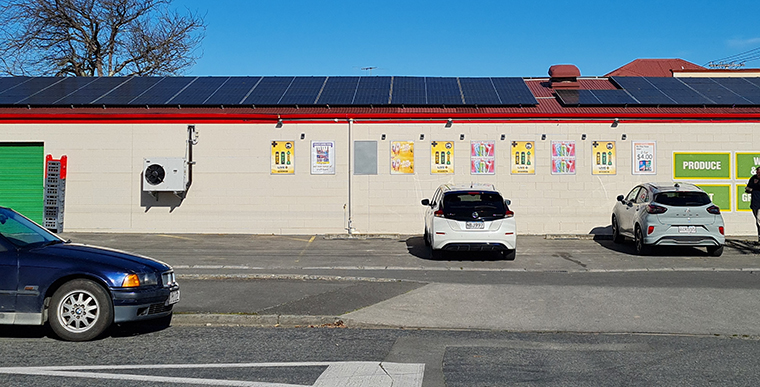Across the country electricity costs have risen affecting business and homeowners alike. In the Wairarapa the cost of electricity has increased by $23.00 per household since February 2025, 88% of which is due to increased line charges.
But there is change occurring with both smaller and large-scale projects in the process of coming on stream.
Solar Farms in Kaitaia, Edgecumb, Waiotahe, and Whitianga constructed by Lodestone are already functioning. All are contributing to New Zealand’s renewable energy, lessening the use for fossil fuels. These first five farms with 360,000 solar panels on 350 hectares will feed power into the grid with the capacity to power 50,000 homes. Lodestone is 98% New Zealand owned and operated.
The Lauriston Solar Farm based near Ashburton on the Canterbury plains was developed by the joint partnership of Genesis and FRV Australia which is 51% owned by Saudi Arabian firm Abdul Latif Jameel Energy, and Canadian Omers Infrastructure. It is currently the largest operational farm in New Zealand generating sufficient power for nearly 13,000 homes.
In 2021, Kea Energy commissioned a solar power plant in the Wairau Valley in Marlborough with a potential capacity of 2.2 MW. The Todd Corporation commissioned a 2.1 MW solar plant at Kapuni in South Taranaki with 5,800 solar panels.
Closer to home there are two solar farm developers, Helios and Far North Solar energy, applying for consent in Greytown. In Carterton, Wairarapa Harmony Energy Project has already received consent to proceed with their solar farm.
Dairy Farms are beginning to take advantage of support from the “Solar on Farms” package recently launched, which provides advice on equipment, installation, and the possible availability of loans. It is designed to provide cost savings for famers wanting solar and battery storage systems. At the same time there can be a potential income return where excess energy is returned to the Grid.
Even schools are moving to accept the technology. Kaitaia College has installed 368 solar panels on the rooves of buildings on campus and already more schools have followed suit adopting the Genesis Energy School Gen programme.
On the home front many residential homeowners are installing solar panels.
Using what is known as distributed energy excess unused electricity can be bought back by the network providing a small financial return to the user.
Here in Martinborough Hiram Patel has just installed 142 panels on the roof of his Grocery Business. “We will be using solar to power everything, freezers, heating and lighting. It will reduce our power bills to 40% of what they used to be. Our excess electricity will go back to the grid”.
Lisa and Frank Cornellisen, who live off the grid, say that the worst weeks of the year are the three on either side of the shortest day. “During this time when there is no wind and the sun is behind the cloud little energy is generated and we have to resort to the generator. But now the sun is back we are rocking and rolling”, says Lisa. “The very best thing is there are no power bills”
For New Zealand to reach net zero by 2050, the country’s energy will need to become 60% electric 95% renewable and available 100% of the time.



